Celebrating Women’s History Month
March is Women’s History Month


Celebrate women and their achievements across the spectrum.
Women's History Month is an annual declared month that highlights the contributions of women to events in history and contemporary society. It is celebrated during March in the United States, the United Kingdom, and Australia, corresponding with International Women's Day on March 8, and during October in Canada, corresponding with the celebration of Persons Day on October 18.
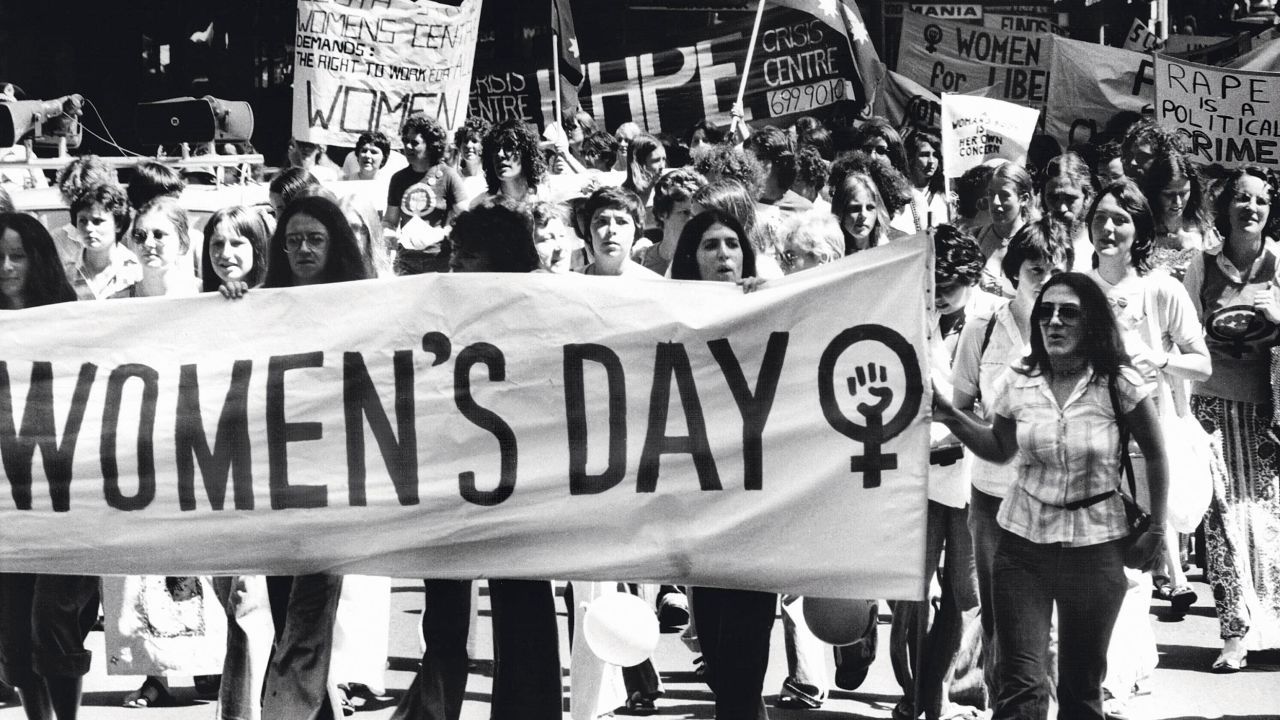
Women's History Week
In the United States, Women's History Month traces its beginnings back to the first International Women's Day in 1911. In 1978, the school district of Sonoma, California participated in Women's History Week, an event designed around the week of March 8 (International Women's Day). In 1979 a fifteen-day conference about women's history was held at Sarah Lawrence College from July 13 until July 29, chaired by historian Gerda Lerner. It was co-sponsored by Sarah Lawrence College, the Women's Action Alliance, and the Smithsonian Institution. When its participants learned about the success of the Sonoma County's Women's History Week celebration, they decided to initiate similar celebrations within their own organizations, communities, and school districts. They also agreed to support an effort to secure a National Women's History Week.

The proclamation stated, "From the first settlers who came to our shores, from the first American Indian families who befriended them, men and women have worked together to build this nation. Too often the women were unsung and sometimes their contributions went unnoticed. But the achievements, leadership, courage, strength and love of the women who built America was as vital as that of the men whose names we know so well. As Dr. Gerda Lerner has noted, 'Women’s History is Women’s Right.' It is an essential and indispensable heritage from which we can draw pride, comfort, courage, and long-range vision. I ask my fellow Americans to recognize this heritage with appropriate activities during National Women’s History Week, March 2–8, 1980. I urge libraries, schools, and community organizations to focus their observances on the leaders who struggled for equality –Susan B. Anthony, Sojourner Truth, Lucy Stone, Lucretia Mott, Elizabeth Cady Stanton, Harriet Tubman, and Alice Paul. Understanding the true history of our country will help us to comprehend the need for full equality under the law for all our people. This goal can be achieved by ratifying the 27th Amendment to the United States Constitution, which states that 'Equality of Rights under the Law shall not be denied or abridged by the United States or by any state on account of sex.'"
Carter was referring to the Equal Rights Amendment, which was never ratified, not to the amendment which did become the 27th Amendment to the United States Constitution after his presidency.
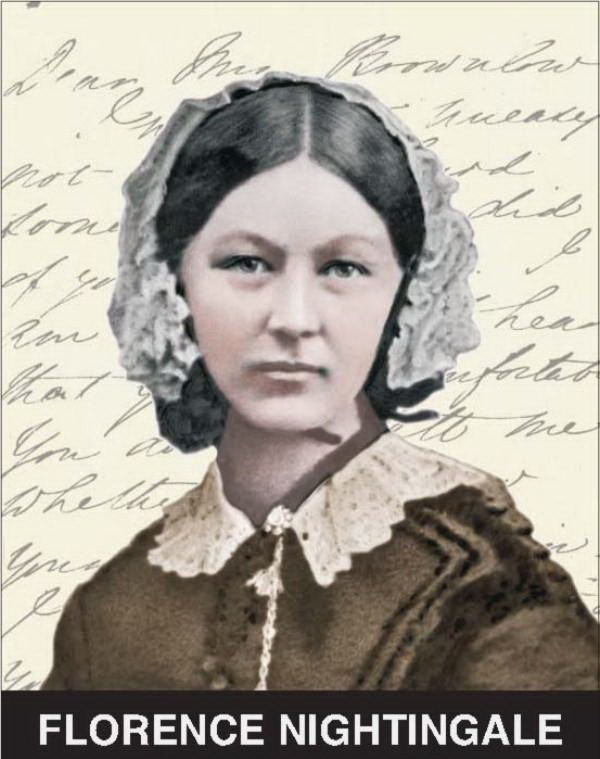
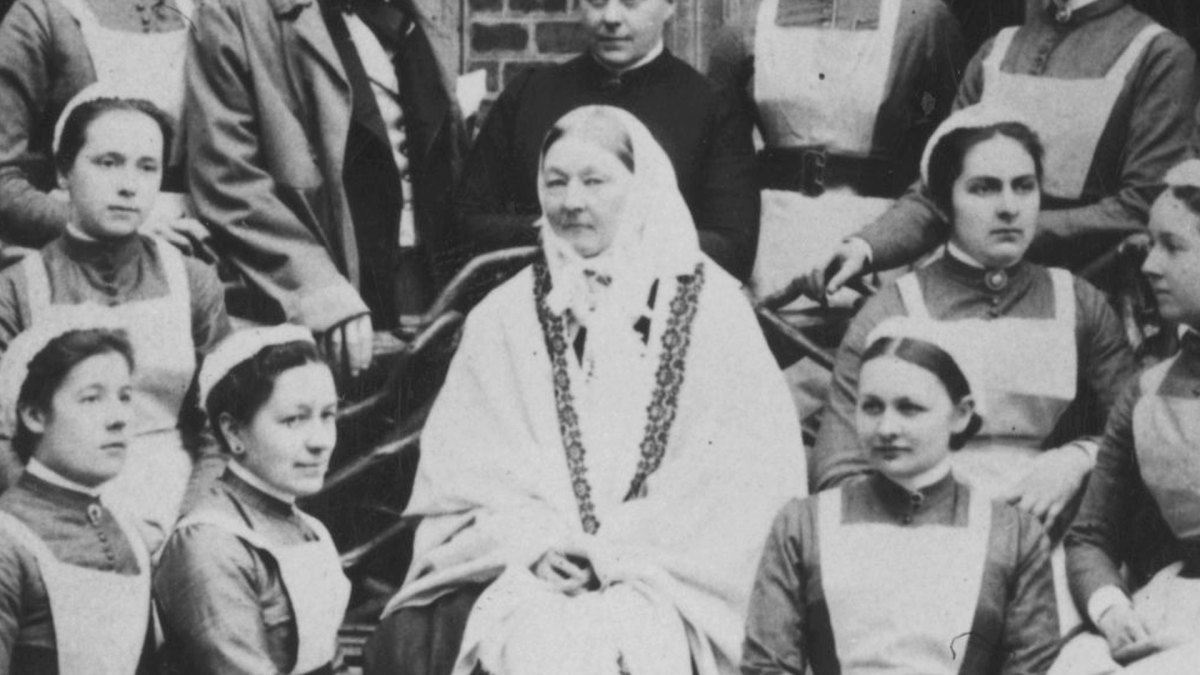

In 1987, after being petitioned by the National Women's History Project, Congress passed Pub. L. 100-9 which designated the month of March 1987 as Women’s History Month. Between 1988 and 1994, Congress passed additional resolutions requesting and authorizing the President to proclaim March of each year as Women’s History Month. Since 1988, U.S. presidents have issued annual proclamations designating the month of March as Women’s History Month.
State departments of education also began to encourage celebrations of Women's History Month as a way to promote equality among the sexes in the classroom. Maryland, Pennsylvania, Alaska, New York, Oregon, and other states developed and distributed curriculum materials in all of their public schools, which prompted educational events such as essay contests. Within a few years, thousands of schools and communities began to celebrate of Women's History Month. They planned engaging and stimulating programs about women's roles in history and society, with support and encouragement from governors, city councils, school boards, and the U.S. Congress.
In March 2011, the Obama administration released a report, Women in America: Indicators of Social and Economic Well-Being, showing women's status in the U.S. in 2011 and how it had changed over time. This report was the first comprehensive federal report on women since the report produced by the Commission on the Status of Women in 1963.
Some organizations have issued statements marking Women's History Month, for example the Republican National Committee and the Democratic National Committee.
A President's Commission on the Celebration of Women in History in America recently sponsored hearings in many parts of the country. The Women's Progress Commission will soon conduct hearings to promote interest in preserving areas that are relevant in American women's history. Some of the groups promoting this interest are state historical societies, women's organizations, and groups such as the Girl Scouts of the USA.
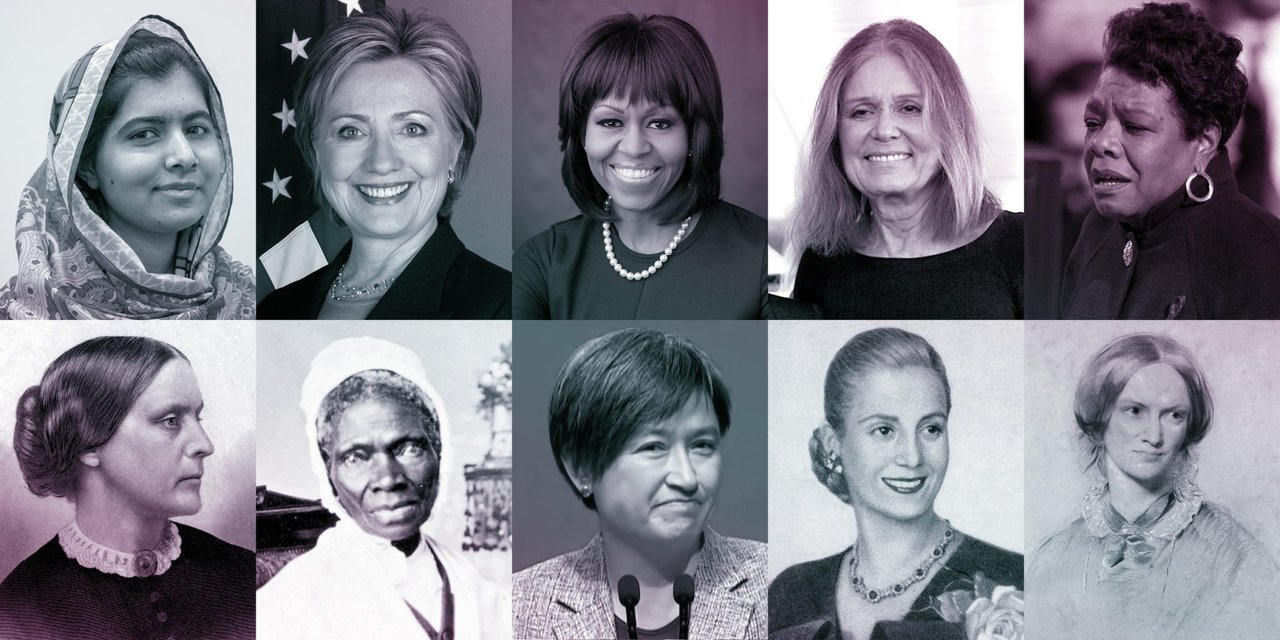
Explore topics and articles about women in American history.
Why Women's History?
Women's contributions and accomplishments for the most part have been overlooked and consequently omitted from mainstream culture. The National Women's History Museum helps fill that void. Rather than rewriting current exhibitions at other history museums or having to decide what to omit elsewhere to "fit in" women's history, the Museum serves to place women's history along side current historical exhibitions.
Women's history isn't meant to rewrite history. The objective is to promote scholarship and expand our knowledge of American history.
https://www.womenshistory.org
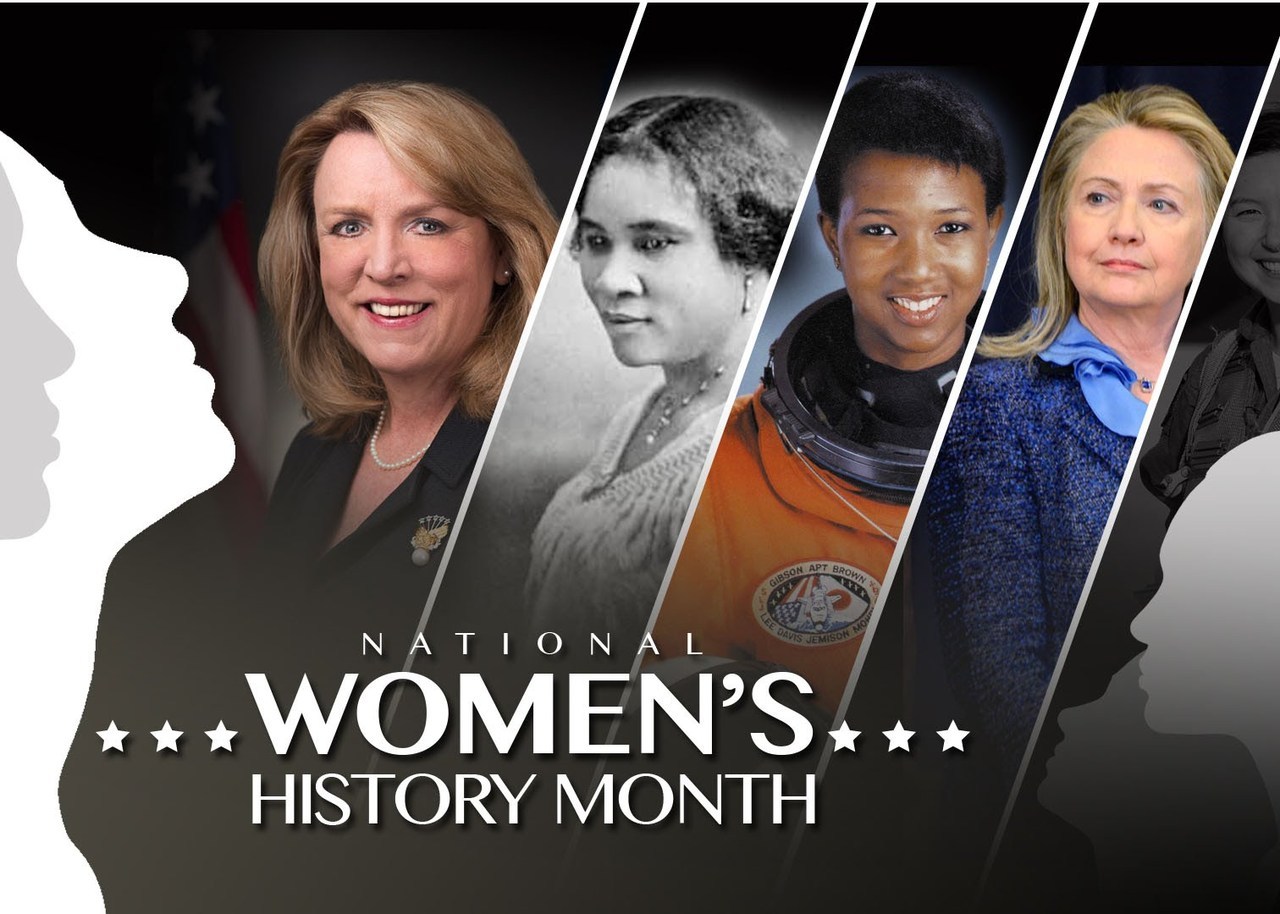
The Library of Congress, National Archives and Records Administration, National Endowment for the Humanities, National Gallery of Art, National Park Service, Smithsonian Institution and United States Holocaust Memorial Museum join in commemorating and encouraging the study, observance and celebration of the vital role of women in American history.
https://womenshistorymonth.gov
Celebrating Women’s History Month



.gif)
No comments:
Post a Comment